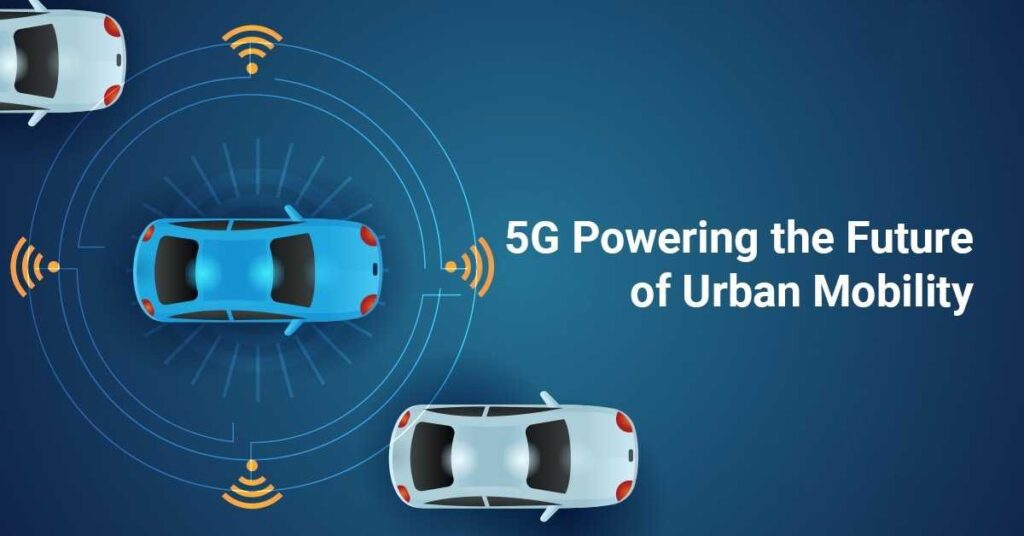Email: [email protected]


5G’s fast data transfer rates enable OTA software updates, allowing vehicle manufacturers to remotely update and improve vehicle software, ensuring that vehicles stay secure and up-to-date. With 5G, OTA updates can be performed quickly and efficiently, reducing the need for physical dealership visits and minimizing downtime.
This enables vehicle manufacturers to respond rapidly to security vulnerabilities, fix software bugs, and add new features and functionalities, improving the overall driving experience. Additionally, 5G’s low latency and high-speed data transfer enable real-time updates, ensuring that vehicles can adapt to changing environments and conditions, such as new traffic patterns or weather conditions.
5G connectivity enables smart traffic management systems, optimizing traffic flow, reducing congestion, and minimizing travel times. This technology also enables real-time monitoring of traffic conditions, facilitating swift emergency response. With 5G, smart traffic management systems can leverage real-time data analytics, IoT sensors, and machine learning to predict and respond to traffic patterns, accidents, and road conditions.
This enables cities to optimize traffic signal control, lane usage, and routing, reducing congestion and decreasing travel times. Additionally, 5G’s low latency and high-speed data transfer enable rapid response to emergencies, such as accidents or natural disasters, improving public safety and reducing congestion.
5G connectivity enhances vehicle performance by enabling real-time data analytics, predictive maintenance, and optimized routing. These features reduce fuel consumption, lower emissions, and improve overall vehicle efficiency. With 5G, vehicles can leverage real-time data from sensors, GPS, and other sources to optimize engine performance, transmission, and braking.
Predictive maintenance enables vehicles to detect potential issues before they occur, reducing downtime and improving reliability. Optimized routing enables vehicles to take the most efficient route, reducing fuel consumption and lowering emissions. Additionally, 5G’s high-speed data transfer enables over-the-air software updates, ensuring vehicles stay optimized and up-to-date.
The integration of 5G connectivity in the automotive industry is poised to revolutionize vehicle safety and performance. With its ultra-low latency, high-speed data transfer, and massive connectivity, 5G enables a wide range of applications that transform the driving experience.
From enhanced driver assistance systems to autonomous vehicles, smart traffic management to improved vehicle performance, 5G is the key to unlocking the full potential of connected and autonomous vehicles.
As the technology continues to evolve, we can expect even more innovative applications, further transforming the driving experience. The future of transportation is connected, autonomous, and sustainable, and 5G is the catalyst driving this transformation.












To provide the best experiences, we and our partners use technologies like cookies to store and/or access device information. Consenting to these technologies will allow us and our partners to process personal data such as browsing behavior or unique IDs on this site and show (non-) personalized ads. Not consenting or withdrawing consent, may adversely affect certain features and functions.
Click below to consent to the above or make granular choices. Your choices will be applied to this site only. You can change your settings at any time, including withdrawing your consent, by using the toggles on the Cookie Policy, or by clicking on the manage consent button at the bottom of the screen.
